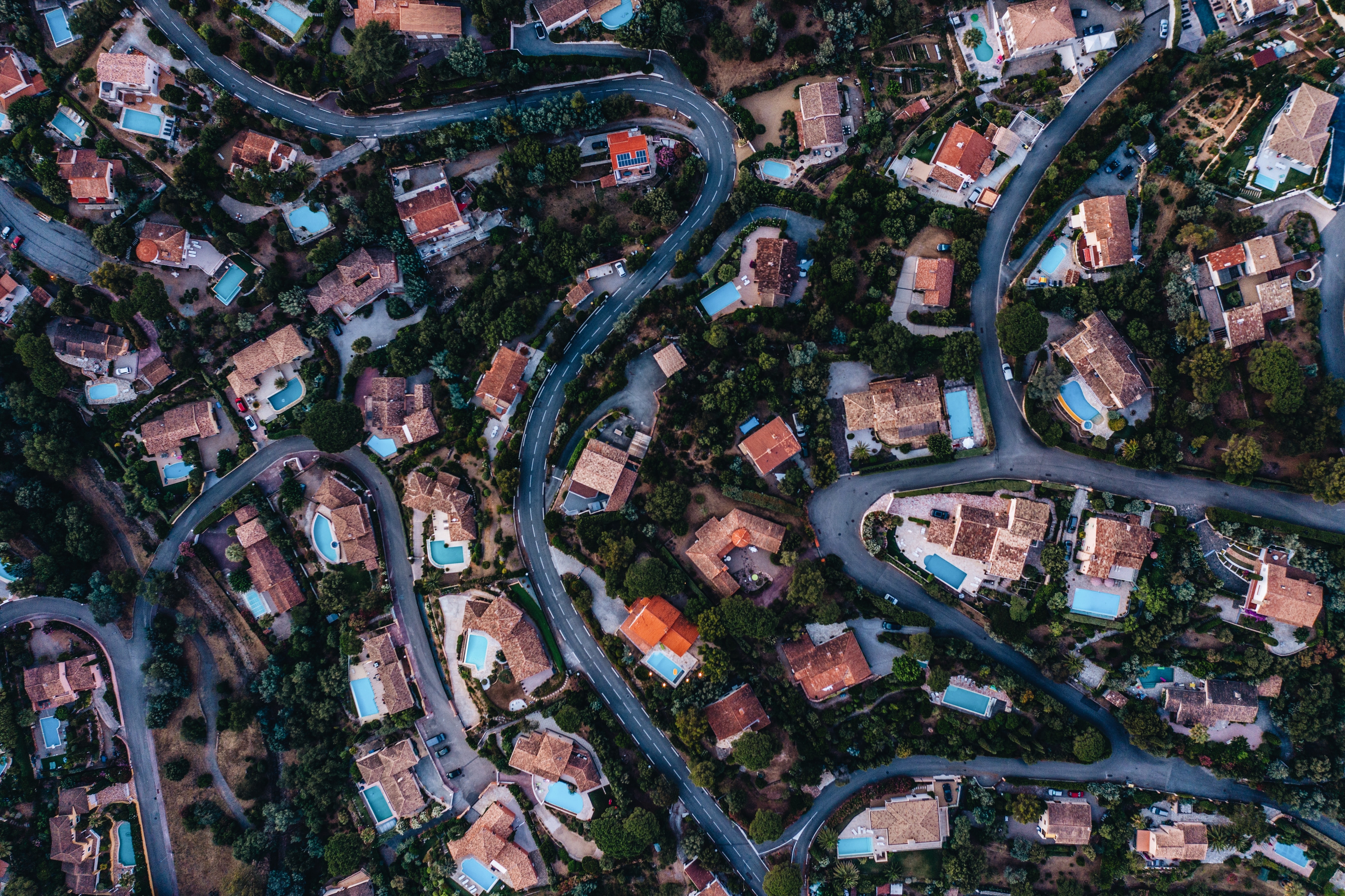The NHD Report: Why You Must Disclose Disaster Risks When Selling Your Home

Western states like California are known particularly for their architecturally beautiful houses. However, even the most gorgeous homes can be swept away by a hurricane, earthquake, or landslide. That’s why California homeowners must disclose any potential risks for disasters when selling their homes.
According to California Civil Code, sellers and real estate agents must provide their prospective buyers with a Natural Hazard Disclosure (NHD) report. This statement informs buyers whether or not their home is located within a natural hazard zone. Such information is crucial to a buyer because it will ultimately affect insurance rates.
For most homeowners, the buying decision might rely on a potential’s homes level of risk for natural hazards. Being in a natural hazard zone doesn’t mean your home will be destroyed after one natural disaster, but it will certainly lead to other increased costs that should be considered.
If you’re looking to sell your home in California, here’s why you must disclose natural hazard risks to prospective buyers.
What Is an NHD Report?
A natural hazard disclosure is a lengthy document that supplies buyers with all the relevant information pertaining to any natural hazards surrounding the property. According to the 1998 Natural Hazard Disclosure Act, there are six defined risk zones:
- Wildfire Zone
- Seismic Hazard Zone
- Earthquake Fault Zone
- High Fire Severity Zone
- Special Flood Zone Areas
- Flooding or Dam Failure Inundation Zone
These six natural hazard zones can be simplified to three major risks: earthquakes, floods, and fires—all of which California homeowners continue to experience every year.
However, this is just a small portion of what an NHD report covers. These statements typically run 40 pages in length. In addition to the six defined hazard zones, this document covers various other potential minor risks, such as airport noise disturbance and airplane fuel odors.
While these might seem insignificant compared to the previously mentioned natural hazards, these issues might still impact your ability to enjoy your home.
Anything that could ultimately impact the safety of your home is disclosed in an NHD report. It’s important to understand these risks, as they will affect the cost of your insurance and whether or not you’ll need to purchase additional types of insurance to maintain the security of you, your family, and your home.
What Does a Natural Hazard Disclosure Include?
As we touched on earlier, an NHD report includes six major hazard zones and how they might affect your ability to protect your property.
“Special flood hazard areas” are locations that feature a high risk for flooding. Similarly,
“dam inundation zone” means the home is located in a downstream area that could result in flooding from dam failure. If you see either one of these boxes checked on your NHD report, you might want to look into purchasing additional flood insurance.
“Very high fire hazard zone” means your home is located in an area that is more prone to dangerous and destructive fires. “Wildland hazard fire zone” means your home is near a Wildland area that might be at risk for frequent forest fires.
When it comes to these hazards, some homeowners' insurance policies might not provide the necessary coverage. And since wildfires are one of the biggest natural disasters California continues to suffer from, homebuyers should look into purchasing high-risk fire insurance to maintain the protection of their property.
The other designation you might see on your NHD report is an “earthquake fault zone” or “seismic hazard area.” These zones mean your home resides in an area prone to earthquakes or seismic disturbances.
Even if your home doesn’t sit directly on an earthquake fault zone, these zones can shift over time and cause long-term damage to your home. If you see either one of these boxes checked on your NHD statement, you should research earthquake insurance rates.
What to Do If Your Home Lies Within a Natural Hazard Zone
If you’re buying and your home lies within any of these major hazardous zones, buying additional insurance coverage might be necessary to ensure the full protection of your home. If you’re selling a home located in a natural hazard zone, there is only one option: disclose all the necessary information regarding that zone.
If a seller holds any knowledge regarding the natural hazard risk of a home and chooses not to disclose it, they’re putting themselves at legal risk. That’s why it’s crucial to receive the NHD report from a third-party company. This transfers the liability from you onto that third party.
Why Does an NHD Report Matter?
While the probability of your home being washed away by a flood is not very high, such disasters still affect California homeowners. In 2020, approximately four million acres of state land was burned up due to widespread wildfires. Additionally, fault lines continue to expand across the dry state, as well as the rising risk of potential floods.
For buyers, the information outlined in an NHD report can make or break a decision. Disclosing this information gives buyers a chance to take the necessary precautions to protect their homes.
For sellers, providing your buyers with this information not only protects them but also you. By disclosing if your home lies within an area prone to floods, fires, or earthquakes, you won’t be held accountable in the case that the home is destroyed by a natural disaster. And since you’ll be purchasing your NHD from a third party, you receive extra protection from potential future lawsuits.
That’s why it's also important to make sure all the information on your NHD report is correct. For example, the buyer could find false claims that your home doesn’t sit on a fault zone when in reality, it does. Even though a separate company prepared the report, such misinformation could reflect badly on you as a seller.
Always Consider the Importance of an NHD Report
Whether you’re selling or buying property in California, you should always take into account a Natural Hazard Disclosure. This document allows buyers to determine whether they need to purchase additional insurance or take preventive measures to protect their homes. For sellers, an NHD report protects your reputation and allows buyers to prepare ahead of time.
Since these reports are required by the California State government, they’re relatively inexpensive and easy to obtain. By following the necessary steps to acquire an NHD report, homeowners can ensure the safety and protection of their property for years to come.

